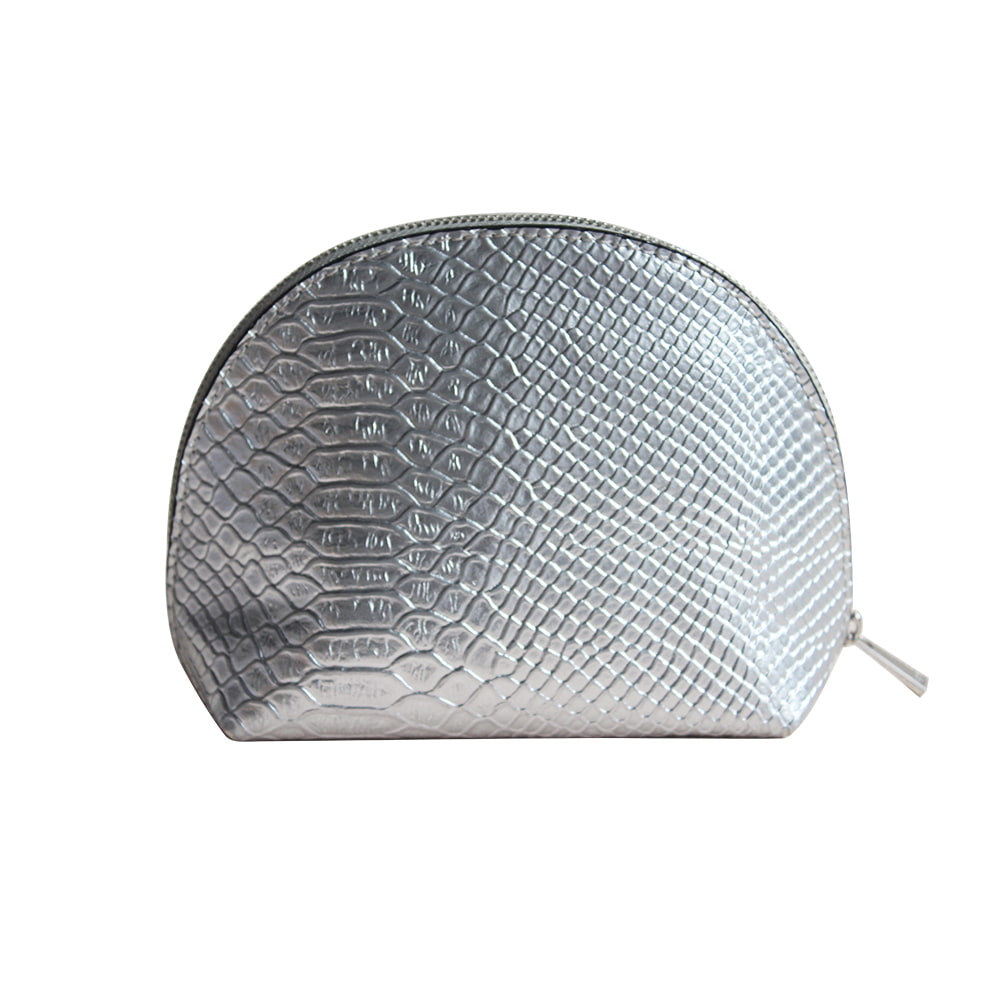The waterproof toiletry bag factory is an essential item for travel, gym use, and daily organization, designed to protect its contents from moisture, spills, and the humid environment of a bathroom. Its functionality is directly determined by the materials from which it is constructed. These materials are selected for their inherent resistance to water, their durability, and their suitability for fabrication into pouches and bags with reliable closures. The common materials used can be systematically categorized into the primary waterproof fabrics, the types of linings and coatings that enhance impermeability, and the complementary components that ensure overall integrity.

I. Primary Waterproof Fabrics
The outer shell of a toiletry bag provides the line of defense against liquids. Several synthetic textiles are prevalent due to their performance and manufacturability.
- Polyester: This is one of the frequently used materials. In its standard woven form, polyester is not inherently waterproof; however, it is highly durable, resistant to stretching and shrinking, and can be treated with a waterproof coating or laminate. Its widespread use is due to its strength, colorfastness, and ability to hold detailed prints and designs. A common variant is ripstop polyester, which is woven with a reinforced thread pattern that limits the progression of tears, enhancing the bag's longevity.
- Nylon: Known for its exceptional strength-to-weight ratio, nylon is another dominant material. Like polyester, it requires a coating or lamination to become fully waterproof. Nylon fabrics, such as Cordura, are often chosen for their high abrasion resistance, meaning they can withstand scraping and rubbing against other objects in a suitcase without showing significant wear. This makes nylon a suitable choice for bags that will be subjected to rigorous use.
- Thermoplastic Polyurethane (TPU)-Coated Fabrics: Many high-performance toiletry bags are made from polyester or nylon that has been laminated or coated with a TPU film. This creates a fully waterproof barrier. TPU is a flexible, durable, and clear plastic polymer that can be applied to one side of the fabric. Bags constructed with TPU-coated materials are highly effective at preventing water penetration and are often used in designs intended for wet environments or for containing bottles that may leak.
- Vinyl (PVC): Vinyl, a material made from polyvinyl chloride, is a less common but still available option. It is inherently waterproof and easy to clean, but it has certain disadvantages. It can be less flexible than coated nylon or polyester, may become brittle in cold temperatures, and can have a distinct plastic odor. Its use is more typical in lower-cost models or in specific designs where a particular aesthetic is desired.
II. Linings and Laminates
The interior lining is as critical as the outer shell in ensuring a bag's waterproof quality. The choice of lining determines how easily spills can be contained and cleaned.
- Plastic-Based Linings: The effective waterproof linings are made from plastic materials such as PVC (Polyvinyl Chloride) or PEVA (Polyethylene Vinyl Acetate). These are typically fused to the outer fabric to create a single, impermeable sheet. A PEVA lining is often considered a less brittle and more environmentally friendly alternative to PVC. These linings create a seamless, non-absorbent barrier inside the bag, allowing any spilled liquids to be wiped out with a cloth without soaking into the material.
- Thermoplastic Polyurethane (TPU) Linings: TPU is also used as a lining material, offering a robust and flexible waterproof layer. It is generally more resistant to oils and chemicals than PVC or PEVA, which can be an advantage when storing certain toiletry products. Bags with TPU linings often present a balance of durability, flexibility, and high resistance to moisture.
- Laminated Mesh: For compartments intended for wet items like used razors or soap, a laminated mesh is sometimes used. This material allows water to drain and air to circulate while still providing a structural barrier. However, it is not used for the primary compartment where leak containment is the priority.

 We Are Here
We Are Here Contact Us
Contact Us

 English
English русский
русский Español
Español